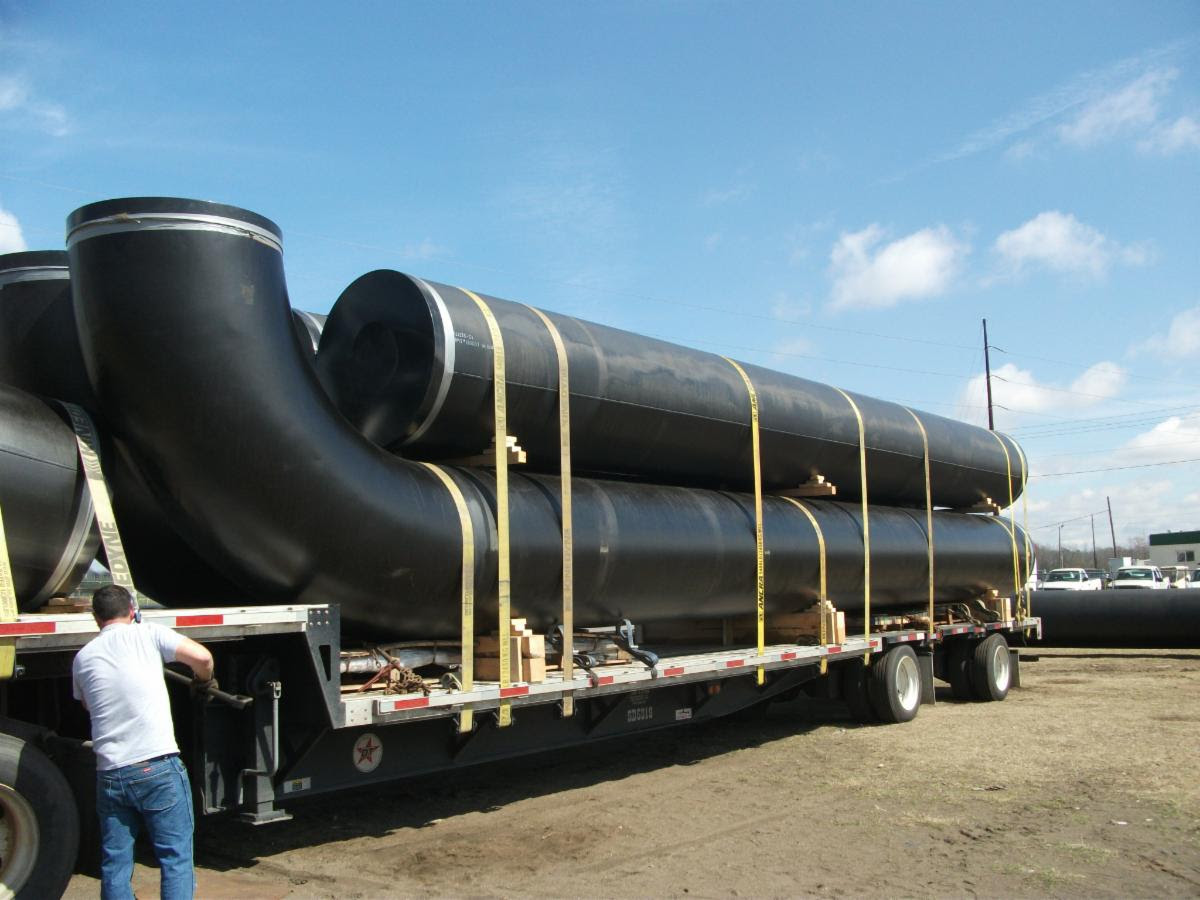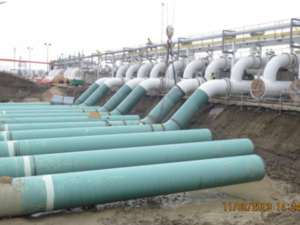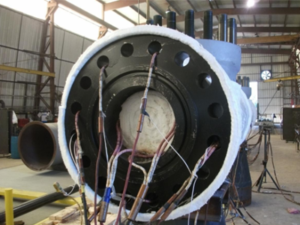U.S. Power Grid: Is It Big Enough
| U.S. Power Grid: Is It Big Enough
“U.S. utilities and investors plan to add 113 natural gas fired plants to the nation’s grid” as fears abound that intermittent renewable energy and the nation’s electrical grid cannot keep pace with growing energy demand. Rising Demand for Electricity Due to AI driven data center construction, increased U.S. manufacturing presence and overall electrification (not withstanding hydrogen production and severe climate occurrences), Rystad Energy forecasts that total U.S. power demand will grow by 175 TWh (175 million megawatts!) between 2023 and 2030. The EIA predicts electricity use in the U.S will reach 5,178 TWh by 2050, an increase of roughly 27% from 2022 when electricity usage was 4,085 TWh. Regional Push for Natural Gas Fired Power Plants Utilities in Texas and the Southeast U.S. are pressing the most for new natural gas generation. Duke Energy expects 10 new natural gas fired, “hydrogen capable” units to come online in the Carolinas. Entergy Texas says it needs to increase its generating capacity by 40% over the next four years to account for the state’s population and economic growth. “More than 42 GW of gas capacity have been proposed for Texas.” Then the question arises: “What about all the Federal moneys directed for the development of renewable & green energy?” The Current State of Renewable Energy Presently, renewable energy generates more than 21% of our nation’s electricity but the increase in renewable energy is still lower than the increase in energy demand overall. The following shows the U.S. renewable generation by source and share of total in 2023: Wind 10.2% Hydropower 5.7% Solar 3.9% Biomass 1.1% Geothermal 0.4% U.S. solar power generation is expected to grow 75% from 163 billion kilowatt-hours (kWh) in 2023 to 286 billion kWh in 2025, with wind power generation to grow 11% from 430 billion kWh in 2023 to 476 billion kWh in 2025. However, one of the primary barriers to the continued development of renewable generation is the lack of high-capacity transmission in the geographical areas of that new generation. Transmission Challenges Whether the electricity is generated by renewable or fossil generation, the Federal Energy Regulatory Commission (FERC) reports that the electric grid “is not prepared for significant load growth”. According to Grid Strategies, “the number of (transmission) miles constructed each year dripped from about 1,700 (in the 5 years) 2010 to 2015, to about 645 in the second half of the decade”. To meet our country’s growing electricity demands, the U.S. will need to expand transmission systems by 60% by 2030 and may need to triple those systems by 2050. Moreover, current transmission planning occurs on a state-by‐state basis, with little regard to integrating renewable resources. These efforts have largely focused on intrastate transmission and have neglected to identify and prioritize transmission lines that provide regional and system‐wide renewable energy and reliability benefits. Summary The Center for Strategic and International Studies (CSIS) sums up the looming dilemma: An incredibly expensive overhaul and expansion of the U.S. electric power system was always necessary. First, this is the case because the U.S. power grid is aging—70 percent of transmission lines are aged over 25 years and are nearing the conclusion of their typical 50–80-year lifecycle—and inherited from past eras of strong demand growth. Existing infrastructure is also geographically mismatched to the new generation and demand source. …the commanding heights of technology in the twenty-first century are AI, semiconductors, and battery technology, all of which are electricity intensive to train, manufacture, and operate. In short, the economy of the future is far more electricity intensive than the economy of the present and recent past. Are we prepared?
|
To learn more about who Dixie is, visit our About page.







Stay Connected